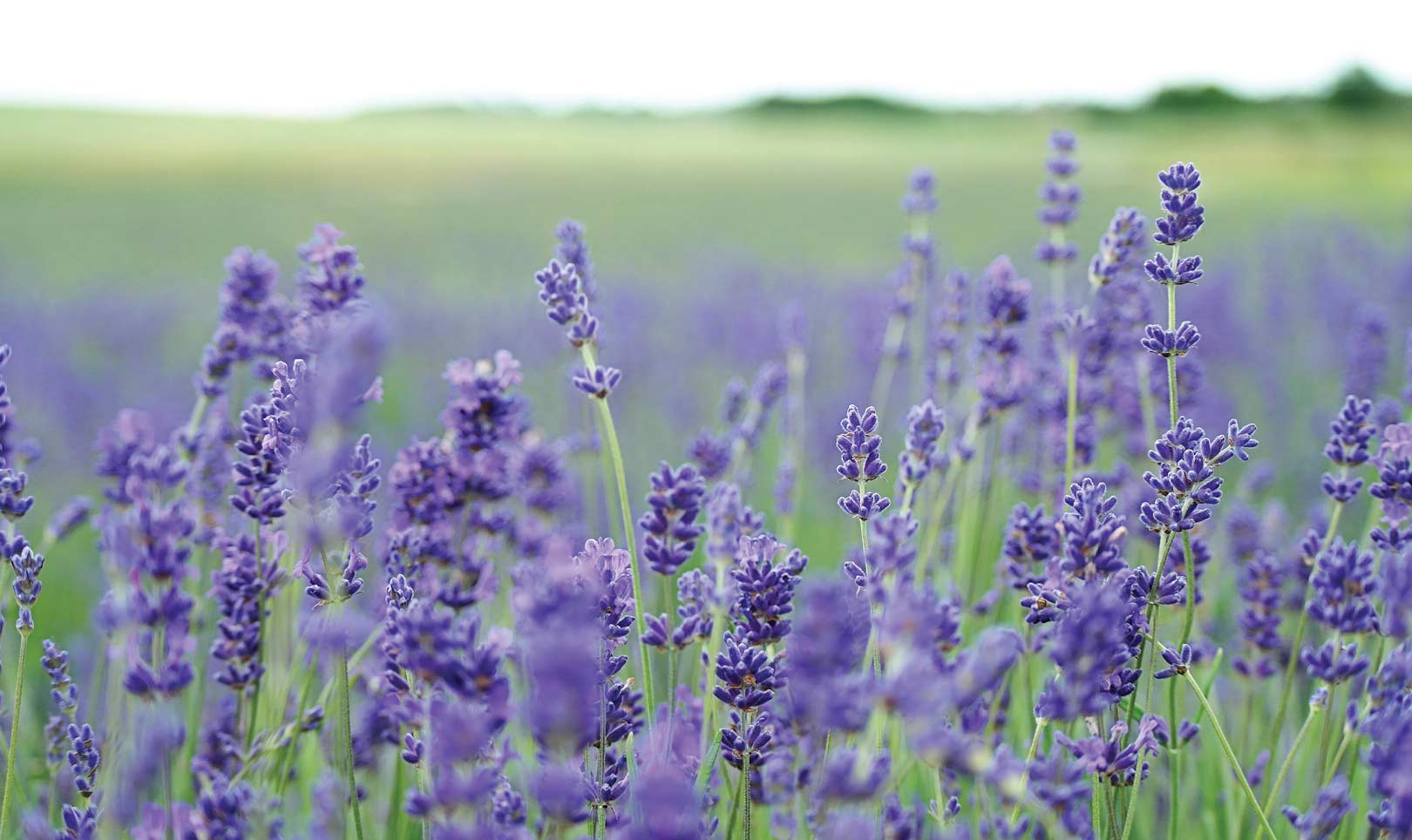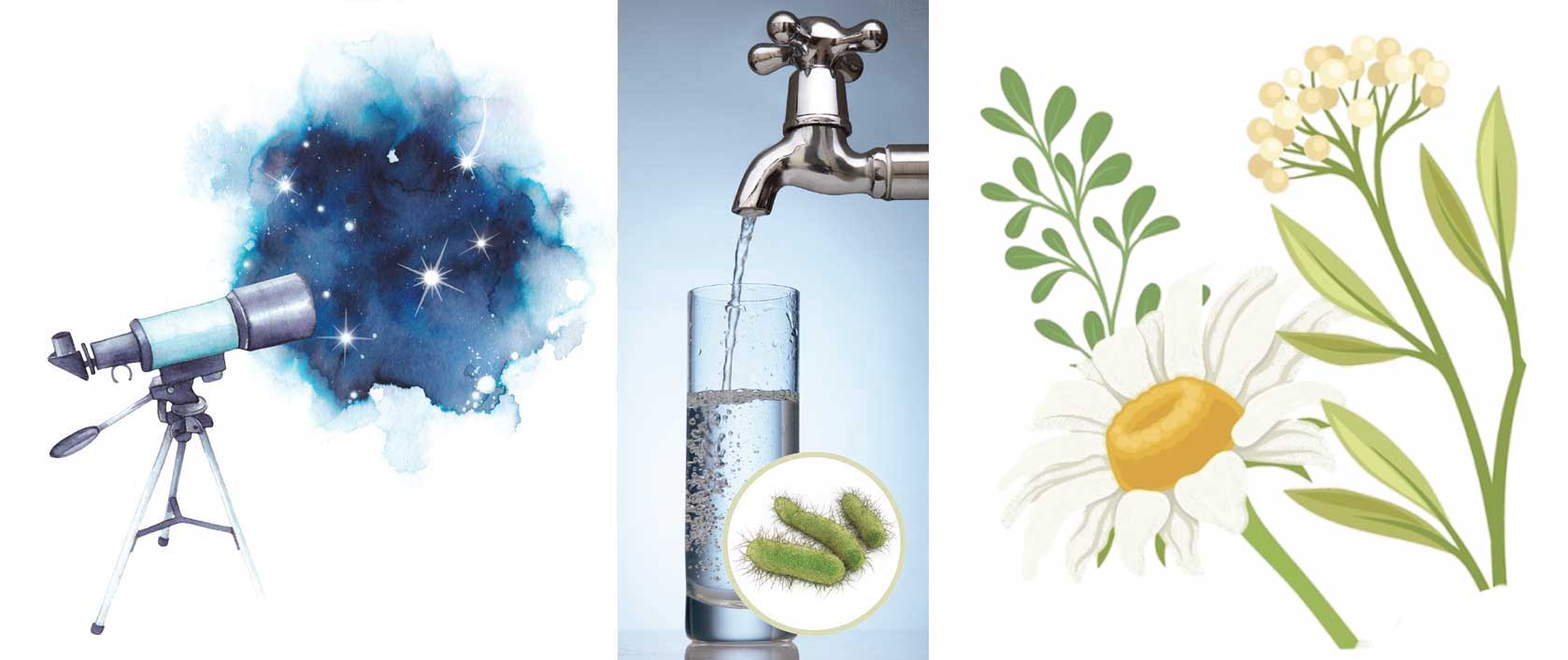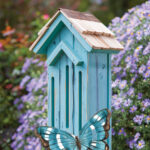

Lavender is having a bit of a moment – again. Iced lavender lattes and lemonade, new celebrity-endorsed perfumes with signature lavender notes. It has even made it on the “Eras Tour,” inspiring Taylor Swift’s dreamy lyrics in “Lavender Haze.”
The word lavender is derived from the latin lavare, to wash: lavender flower heads were used in the waters of Roman baths, imparting both their scent and their healing and antibacterial properties; for centuries people have spread their drying laundry over lavender bushes so that it can absorb the plant’s delicate fragrance. Originally native to the Mediterranean, Africa and the southeast regions of India, several species are now grown commercially in this part of the world.
Lavender’s presence in our daily lives can be attributed to the perennial plant’s many uses. Researchers have linked it to relieving stress, lowering blood pressure, and controlling anxiety and depression. Its flowers and leaves are a flavourful ingredient in baked goods and drinks; its oils are used in medicines and topical creams; and in our gardens, the pollinator-friendly plant provides beneficial insects with both food and habitat in areas where other flowering plants do not grow well.
Prince Edward County Lavender is nestled in the heart of the County’s wine country, near Hillier. A visitor to the farm can’t help noticing the many shades of purple that greet the eye and the array of scents that fill the air.
For cultivators Lisa and Gerald Robinson, the newly minted owners of Prince Edward County Lavender, it was the promise of a new life adventure that attracted them to the purple-hued fields. “We came here on a mini-vacation and we saw these breathtaking fields of lavender surrounded by wineries, and we fell in love with the beauty of it all. We had a cattle farm in Pembroke, but we were looking to do something that would give us some time off in the winter. When we saw that the lavender farm was for sale, we jumped at the chance to be here,” says Lisa.
The Robinsons took over the established three-acre farm and bed & breakfast operation during the pandemic, giving them a chance to apprentice with the previous owners before visitors returned to the area.
“The owners started the farm 19 years ago and we were so thankful that they mentored us on when and how to harvest and taught us about the distilling process,” Lisa explains.
The couple grows ten different varieties of lavender including Lavandula Angustifolia, “Hidcote” and “Melissa” (English lavender) that like the sandy, alkaline soils in parts of Northumberland and Prince Edward County. They also grow special varieties for distilling.
Lisa and Gerald enjoy showing off their lavender distillery. When visitors learn about the simple process, which presses precious oil from the lavender flowers, they are fascinated by the sheer volume of flowers that are used. One giant batch of flowers produces just over 13 litres of lavender oil, which is blended into a variety of wellness products.
Lavender can take up to three years to mature, and in our area it has a very short growing season. Buds start in early June and peak flowering periods are in July. So for two glorious summer weekends, Lisa and Gerald open the farm gates and welcome visitors to the annual lavender festival to view the fields in bloom.
“It’s the best time of year. We’re super busy, but we love to share the magic! We see the same look on their faces that we had when we first saw these fields. We meet so many people from all over the world who want to experience this, and we love it too,” Lisa comments.
“And the best part,” she adds, “is that the whole place not only looks magical, but it smells so good here!”
The annual Prince Edward County Lavender Festival runs over two weekends – July 6, 7 and 13, 14 – and features live entertainment, a petting zoo, distilling tour, market vendors and farm store. The best part of course is getting the perfect selfie as the sun sets over a lavender haze.
Visit: peclavender.com for info about the Prince Edward County Lavender Festival – 732 Closson Road, Hillier.
The Night Sky
This year has seen some spectacular celestial events. What can top a solar eclipse or an aurora? Get ready for the Perseid meteor shower! At its peak, around the night of August 12-13, you’ll be able to see 100 meteors per hour. Settle into your lawn chair, as the best viewing time is after midnight when the moon’s light diminishes.
If you’re wondering about the name – people called it the Perseid shower because the shooting stars seem to emanate from the constellation Perseus. Even though Italian astronomer Giovanni Schiaparelli traced the source of the meteors from the comet in 1865, the name stuck, and it’s a handy way of knowing where to look.
The “night of the shooting stars” is actually made up of pieces of the comet 109P/Swift-Tuttle, (named after Lewis Swift and Horace Tuttle, who first identified the comet), that disintegrate when they meet our atmosphere, creating fiery streaks – or “wakes” – of light. Get your wishes ready!
Treating our Water Well
The water for our wells is a precious resource that should never be taken for granted. The guideline used to be to test your well water once a year, but many health units now recommend four times a year for dug wells and two to three times a year for drilled wells.
To test for chemical contaminants you need to pay for an independent lab, but you can test for bacteria like coliforms and E. coli in your water with a kit that’s available free from your municipality.
What’s the difference between coliforms and E. coli? Coliforms are bacteria found in animal waste, sewage, soil and vegetation. If they are found in your drinking water, it means that surface water may be entering your well. E. coli are bacteria normally only found in the digestive systems of humans and animals. If they are found in your drinking water, animal or human waste could be entering your well from a nearby source.
Garden Tours & Excursions
If you didn’t make it to this year’s Chelsea Flower Show, but still want to see some spectacular gardens or natural environments, our own area is in full bloom with garden tours and outdoor experiences.
Laveanne Lavender Fields
Blooms starting July 1, 10am – 4pm
8667 Gilmour Road, Campbellcroft
Stroll through the rows of more than 80 varieties of lavender. laveanne.ca
The County Garden Club Garden Tour
Formerly known as the PEC Horticultural Society, the club presents their Garden Tour on Sunday, July 14, featuring seven pollinator friendly gardens. countygardenclub.ca
CFUW Belleville & District Garden Tour
Saturday, June 22
Tour three themed gardens featuring colour blocking, rock formations and koi ponds. Proceeds support the CFUW Scholarship Program. facebook.com/cfuwbelleville
Cobourg Ecology Garden
Open 6am – 9pm daily for self-guided tours. Family story time and tour, July 18 & Aug. 15.
95 Hibernia Street, Cobourg
Located along the waterfront boardwalk, the garden displays a variety of native plants, prairie grasses, herbs and vegetables – all grown using chemical-free methods. facebook.com/CobourgGarden
Alderville Black Oak Savanna
Tour the largest intact tract of native grassland habitat left within Eastern Ontario and learn from knowledgeable guides about its key role as a source for native plants and seed. Ninety-minute guided tours on Mondays & Thursdays. aldervillesavanna.ca for bookings.
Story by:
Micol Marotti
Photography by:
Annie Spratt




